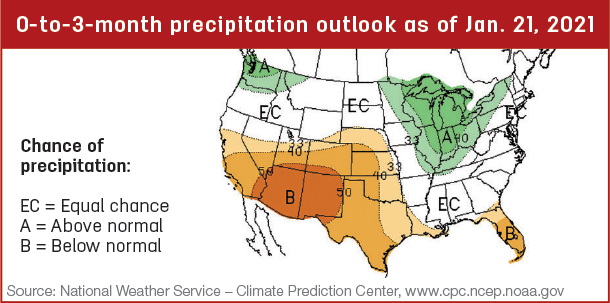Vaccines are part of this step, and the exact vaccines used will vary from operation to operation depending on risk factors, vaccine label requirements, marketing considerations and other factors. When identifying which vaccines to use, it is beneficial to work with a veterinarian who routinely works with cattle in your area to help identify risk factors and select appropriate vaccine options.
For many cow-calf operations, this initial working includes a clostridial vaccine, a viral respiratory vaccine and, in some areas, a lepto vaccine. Other vaccines may be included depending on herd risk factors or requirements to participate in certain marketing programs.
Sometimes a clostridial vaccine is referred to as a blackleg vaccine. It is important to remember blackleg (Clostridium chauvoei) is only one component of 7-way or 8-way clostridial vaccines. The difference between 7-way and 8-way clostridial vaccines is that the 8-way contains red water (Clostridium haemolyticum), which can be a problem in herds with liver flukes. Prices vary between 7-way and 8-way clostridial vaccines, and in some situations an 8-way version might actually be cheaper than a 7-way version from the same company, so make sure to check prices when making final selections.

A viral respiratory vaccine generally includes vaccination against IBR, BVD, PI3 and BRSV. These vaccines come in both killed and modified-live versions. Make sure to read all label requirements and visit with a veterinarian before using a modified-live version in nursing calves.
A lepto vaccine is commonly used in replacement heifers, cows and bulls to prevent reproductive loss. In addition to breeding stock, it might be wise to vaccinate calves against lepto in some areas because lepto can be fatal in calves, and some heifers may become infected as calves, leading to reproductive problems later on.
Remember to always read vaccine labels when selecting and administering products. If an animal has never been vaccinated before then, most killed vaccines require an initial dose and then a second dose a few weeks later. After the second dose, animals that remain in the herd are then generally given a booster once a year. However, there is one line of clostridial vaccine that only requires a single initial dose and then an annual booster. This example highlights the need to read labels.








